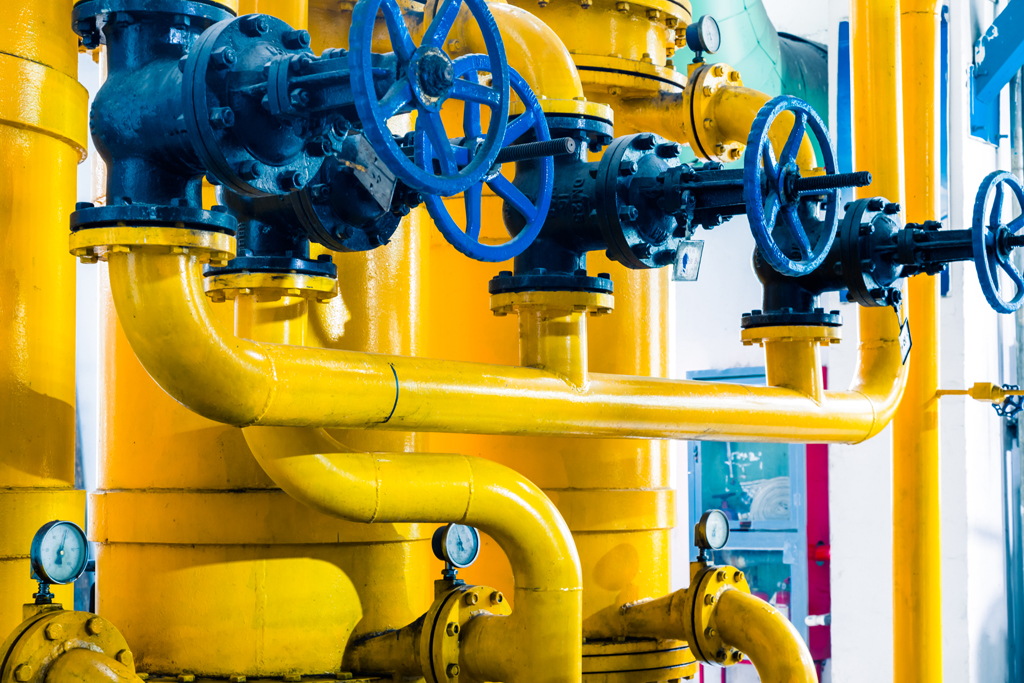Let’s be honest: when people hear “oil and gas,” their minds usually rush to politics, gas prices, or maybe those massive fields you pass on a road trip. But underneath that tough, industrial surface? There’s a boatload of nerdy, cool, and frankly eye-opening stuff happening every single day that keeps the whole world buzzing along.
How the Whole Operation Kicks Off
Ever picture what happens before gasoline turns up at your local station? It starts far away—sometimes in landscapes so empty it’s just trucks, a few jackrabbits, and miles of pipes. First, there’s this wild dance called exploration. It’s geologists, fancy sonar equipment, and a whole lot of educated guessing about what’s under the earth. The old “tap a stick in the ground and see what happens” days are long gone.
Modern crews use seismic mapping, sort of like a high-stakes treasure hunt, to spot the best drilling spots. The U.S. Energy Information Administration breaks down how crude oil goes from rocks in the earth to everything from jet fuel to the plastic in your headphones.
So…What’s with All the Pipes and Tanks?
When oil or gas is found, the real madness starts. Drilling rigs (think giant mechanical spiders) bore down and pipe the stuff to the surface. But it’s a mix—not pure oil or clean gas—full of grit, water, sand, and who knows what else. That’s where all sorts of gadgets come in, like separators, pumps, and a little hero called the coalescing filter. This filter’s one job is to separate out water drops and contamination, letting operators keep their pipes—literally and figuratively—clean.
Safety Matters More Than You Think
When people say “oil and gas is dangerous,” well, they’re not wrong. These sites hum 24/7, sometimes in the most unforgiving conditions. Safety drills are as common as coffee breaks, and every worker has backup gear, training, and a thousand safety rules to follow. The payoff? Fewer accidents and way more peace of mind. If you want to nerd out, the Occupational Safety and Health Administration has pages on all the wild and not-so-wild things oilfield pros do to stay safe.
Surprises at Every Corner
Here’s something you might not expect: operations run a lot greener than they used to. Today’s rigs leave a smaller footprint, recycling water, reusing equipment, and keeping emissions in check way more tightly than a few decades ago. It’s not perfect, but you’d probably be surprised at the amount of clever tech—or sheer ingenuity—involved.
People Make It All Happen
Behind all those big machines, there are real people putting their expertise on the line…and sometimes working crazy hours in the middle of nowhere. Whether it’s figuring out supply chain headaches or dealing with hailstorms in August, it’s always a team effort with plenty of laughs, frustration, and old-fashioned stubbornness.
So next time you fill up, maybe spare a half-second for the mind-boggling chain that gets energy from way underground all the way to your driveway. For all its faults, the oil and gas world is bursting with surprising skill, hard work, and some pretty nifty science—if you know where to look.







